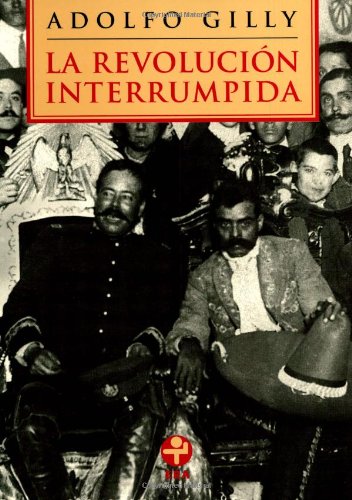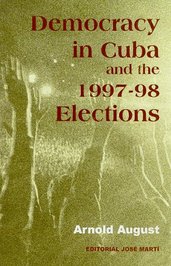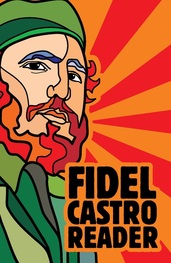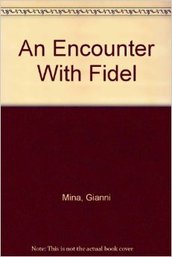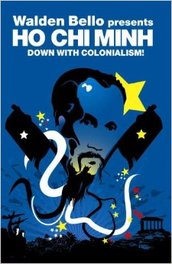At the end of the second Cuban war of independence (1895-98), Cuban sugar plantations were in ruin, as a result of the revolutionary army’s successful military strategy of destroying the Cuban economy by means of the tactic of the “incendiary torch.” At the same time, the US military intervention of 1898 established the conditions for US control of the Cuban political-economic system, leading to the establishment of the US dollar as the currency of exchange and the corresponding devaluation of Cuban currency and the denial of loans to Cuban proprietors. As a result of this combination of devastation and foreign control, many Cuban proprietors lost land, which led to a sharp decline in the value of land. Taking advantage of the situation, US investors, able to get loans from US banks, purchased land in great quantities. By 1920, US corporations directly controlled 54% of sugar production, and US ownership reached 80% of the sugar exportation companies (Arboleya 2008:65-66, 80; Buch and Suarez 2009:102-3; see “A neocolonial republic is born” 7/1/2014).
Thus was established the foundation for a system of land tenure characterized by high levels of concentration and foreign ownership, such that on October 16, 1953, Fidel could observe correctly in his address to the court that more than half of Cuban productive land is foreign-owned, and eight-five percent of small farmers are tenants who do not own the land on which they work, creating a situation of poverty, miserable housing conditions, and limited or no access to schools and health services. In that same address, Fidel proposed a number of concrete measures, including agrarian reform. In this way, the promise of agrarian reform became an integral part of the revolutionary struggle against the Batista dictatorship (see “The Moncada program for the people” 9/5/2015). The promise was reinforced by the fact that on October 10, 1958, the General Command of the Rebel Army in the Sierra Maestra promulgated a law giving ownership to tenant farmers and sharecroppers working on land of less than 5 caballerías (67 hectares or 165 acres) (Buch and Suarez 2009:103-4).
Following the triumph of the revolution, Fidel prepared the country for an agrarian reform law that would change the social and economic base of the country. He repeatedly committed to agrarian reform in his statements to the press and the media of communication and in his meetings with political groups and the people. At the same time, he met discretely with a small group in the house of Ernesto “Che” Guevara in order to formulate an agrarian reform proposal. In addition to Fidel and Che, the group of seven persons included Vilma Espín, the wife of Raúl Castro who would later become the founding president of the Federation of Cuban Women; and Antonio Núñez Jiménez, who later would become a well-known and respected adventurer, ecologist and writer. The group did not include any members of the Council of Ministers, other than Fidel. On February 10, the Council of Ministers had formed a Commission for agrarian reform under the direction of the Minster of Agriculture, Humberto Sorí Marín, one of the conservative members of the Council and an ally of the landholding sector, but the Commission never functioned (Buch and Suarez 2009:104, 198).
The Agrarian Reform Plan that was developed by Fidel’s group was presented to the Council of Ministers on April 28 by Acting Prime Minister and Minister of National Defense Augusto Martínez, inasmuch as Fidel was on a twenty-one day trip to Canada, the United States, and Argentina. The Council, still presided by Martínez, ratified the proposal on May 5. In a session of the Council on May 12, presided by Fidel, the proposal was considered further. It was agreed that the next session of the Council would be held on May 17 in the Sierra Maestra, for the purpose of promulgating the Agrarian Reform Law. The date was chosen in order commemorate the 1946 assassination of Niceto Pérez, a peasant who had defied the government of Ramón Grau by occupying and cultivating land that belonged to the state. May 17 later would be proclaimed as the Day of the Peasant (Buch and Suarez 2009:104-7).
In the May 17 ceremony in the wooden shack that had been Command Headquarters of the guerrilla army in the Sierra Maestra, Fidel declared that the agrarian reform law “will give the country a new economic and social order, creating and developing new sources of work to the benefit of the poorest and dispossessed social classes, of the peasant and working class, forgotten by previous governments” (quoted in Buch and Suarez 2009:108). During the ceremony, the proposed law was approved unanimously by the Council of Ministers. In addition, the Council created the National Institute of Agrarian Reform, and it named Antonio Núñez Jiménez, one of Fidel’s small group, as its Executive Director. Following the ceremony, Fidel addressed the nation via Radio Rebelde, proclaiming that the law “initiates an entirely new stage in our economic life” (quoted in Buch and Suarez 2009:109). Minister of Agriculture Sorí, who as noted was an ally of the landholding sector, was not in agreement with the new law, but he agreed to sign it (Buch and Suarez 2009:110), apparently deferring to the prevailing political mood of the country.
A Forum on the Agrarian Reform Law, convoked by the 26th of July Movement, was held in the National Capitol from June 28 to July 12, 1959. Seventy-eight national delegates participated, representing intellectuals of various tendencies, workers and peasants, and including sectors opposed to it. In addition, there were representatives of fifteen Latin American nations, the United States, Canada, and the Organization of American States. In an address to the opening session of the Forum, Raúl Castro proclaimed that the first and highest objective of the Cuban Revolution is the definitive establishment of Cuban sovereignty. He noted that the Revolutionary Government has listened with respect to the criticisms of the Agrarian Reform Law by the US Department of State, but the principle of sovereignty requires that “we decide, in accordance with our interests, the needs of Cuba, and the interests of the Cuban people” (Buch and Suarez 2009:112-13). Addressing the closing session of the Forum, Fidel maintained that the revolution adopts measures that defend the interests of the poorest sectors and the interests of the nation, even when these measures are in opposition to the interests of some national sectors and to foreign interests. He noted that the Agrarian Reform Law seeks to promote the welfare of “that sector of the country that has suffered the most and is the most forgotten and abandoned,” and he described the Agrarian Reform Law as an “essential economic measure, if the people are to be freed from underdevelopment and are to attain a higher standard of living” (Buch and Suarez 2009:113-14).
The Agrarian Reform Law of 1959 abolished large-scale landholdings, tenant farming, and sharecropping. It established a maximum limit of 100 caballerías (1,340 hectares or 3,311 acres) for sugar or rice plantations or cattle estates. In accordance with the law, the government subsequently would confiscate the land of 4,423 plantations, distributing approximately one-third of it to peasants who worked on it as tenant farmers or sharecroppers, and establishing state-managed farms and cooperatives with the rest. The former owners were offered compensation, based on the assessed value of the land for tax purposes, and with payment in the form of twenty-year bonds. Inasmuch as some US-owned plantations covered land of 200,000 hectares, the law had a significant effect on the Cuban structure of land ownership and distribution. It provided the foundation for a fundamental transformation in the quality of life of the rural population that endures to this day (Buch and Suarez 2009:114; Pérez 2006:241-44; Arboleya 2008:145; Castro 2006:244).
The Agrarian Reform Law of 1959 symbolized faithful fulfillment of the promise made to the people in the Moncada program of 1953, presented by Fidel in “History will absolve me.” And it marked the definitive break with the bourgeoisie, as we will discuss in the next post.
References
Arboleya, Jesús. 2008. La Revolución del Otro Mundo: Un análisis histórico de la Revolución Cubana. La Habana: Editorial de Ciencias Sociales.
Buch Rodríguez, Luis M. and Reinald Suárez Suárez. 2009. Gobierno Revolucionario Cubano: Primeros pasos. La Habana: Editorial de Ciencias Sociales.
Castro, Fidel. 2006. Cien Horas con Fidel: Conversaciones con Ignacio Ramonet. La Habana: Oficina de Publicaciones del Consejo de Estado. [English translation: Ramonet, Ignacio. 2009. Fidel Castro: My Life: A Spoken Autobiography. Scribner.
Pérez, Jr., Louis A. 1995. Cuba: Between Reform and Revolution, 2nd edition. New York: Oxford University Press.
Key words: Third World, revolution, colonialism, neocolonialism, imperialism, democracy, national liberation, sovereignty, self-determination, socialism, Marxism, Leninism, Cuba, Latin America, world-system, world-economy, development, underdevelopment, colonial, neocolonial, blog Third World perspective, Cuban Revolution, Fidel, Agrarian Reform Law of 1959

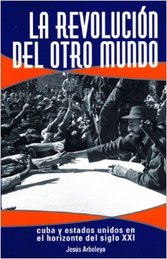
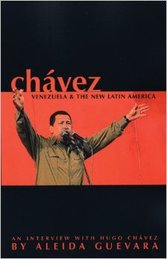
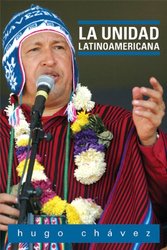
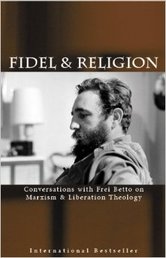
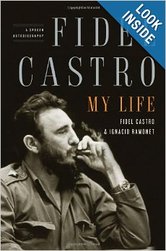
 RSS Feed
RSS Feed
